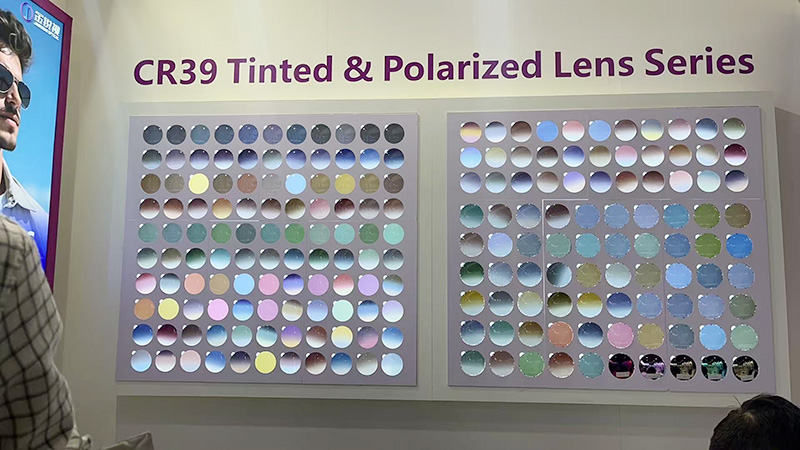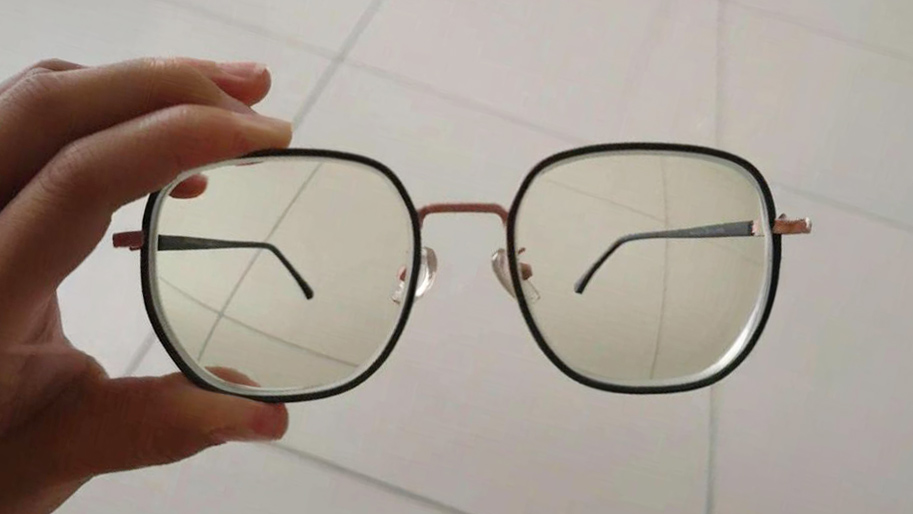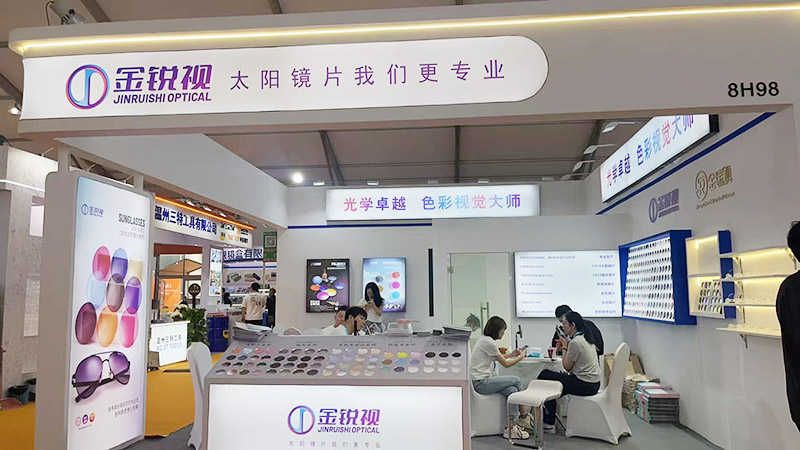How to Choose Polarized Sunglasses for Driving?
When you drive, you may often feel the light glare and cannot see the road clearly. In particular, direct sunlight or the strong light of oncoming headlights at night can cause "instant blindness". If you want to get a better view, it is necessary to wear a pair of polarized sunglasses. But how to choose a pair of driving glasses that suits you? This article will explain the following reference factors in detail.
1. Understanding Why Polarized Lenses Are Ideal for Driving
Polarized sunglasses are recognized globally as the most suitable glasses for driving, because they have a special filter that blocks horizontal glare and strong light, making the field of vision clearer. Meanwhile, they can also block ultraviolet rays, protect the eyes, and minimize fatigue while driving.

2. UV Protection
A primary function of polarized sunglasses is UV protection. Good polarized sunglass lenses can block the penetration of more than 90% of ultraviolet rays.
Therefore, when choosing polarized sunglasses for driving, be sure to check whether the eyeglasses have a UV mark. Like “UVA/UVB protection” or “UV 400” (which blocks UV rays up to 400nm and filters out 99%-100% of UV damage).
3. Lens Materials
The materials of the lenses determine various optical properties and physical characteristics, including weight, refractive index, Abbe number, and light transmittance.
At present, the most common sunglasses lens materials on the market are: glass, resin, polycarbonate, TAC, and nylon. Please refer to the table below for their specific introduction and analysis of their advantages and disadvantages:

|
Lens Materials |
Description |
Pros |
Cons |
|
Glass |
Optical glasses that offer the clearest vision |
High refractive index, wear-resistant, high temperature resistant. |
It’s heavy and fragile, sometimes risky if the car is in an accident. |
|
Resin |
Resin lenses are made from resin that is chemically synthesized, processed, and polished. |
29 /3000 Lightweight, excellent light transmission, Wide photometric range, good colorability, and low price. |
Easy to scratch, not resistant to high temperature. |
|
A lens molded from polycarbonate (thermoplastic material) after heating. |
The lenses are not easy to break, lighter than ordinary resin lenses, ultra-high impact resistance, UV protection, do not turn yellow easily. |
It is prone to corrosion, has poor surface wear resistance and is more expensive than resin lenses. |
|
|
TAC |
Cellulose triacetate film is a polymer material known for its high light transmittance. |
Effectively reduces glare, resistant to acids and alkalis. It’s lightweight and it offers excellent value. |
Poor wear resistance, unstable optical properties. |
|
The lenses are made of TROGAMID CX, a special transparent polyamide (commonly known as memory nylon). |
Highly impact-resistant and elastic, making it a popular choice for athletes and protective gear professionals. |
High production cost |
Each of these five types of lens materials has its own advantages and disadvantages, so it is not possible to simply say which one is better. When choosing polarized lenses, you should consider the properties of different materials based on the specific usage scenario and individual needs.
4. Lens Colors and Darkness
Does lens color matter for polarized sunglasses? The answer is absolutely yes. Although lens color doesn't affect polarization (which depends on lens material and polarizing film technology), the tint depth of color does affect light transmittance (the amount of light that passes through). Different colors can also impact color perception. Polarized sunglasses are available in a variety of colors, such as gray, brown, red, dark green, amber, blue, etc. For specific driving scenarios, please refer to the table below for recommendations.

|
Recommended lens colors |
|||
|
Lighting Conditions |
Recommended |
Not Recommended |
Key Points |
|
Bright sunlight |
Gray: ideal for bright sunlight. Brown & amber: enhances contrast. Green: relieves eye fatigue, suitable for long-distance driving. |
Red & Blue: easily causes color distortion, which may prevent drivers from accurately identifying important traffic signs such as traffic lights. |
Lens tints should not be too dark, especially when driving on roads with many tunnels, as the alternating light and darkness will cause the pupils to take longer to adjust, creating a safety hazard. |
|
Cloudy, dusk, or foggy |
Yellow: It can greatly improve visual contrast, allowing drivers to see road conditions more clearly. |
Purple, blue, red, and other dark colors for daytime. |
Never wear dark colors at night when the lighting is low. |
Notes:
• Sunglasses with mirrored coatings are not suitable for driving.
• Those with nearsightedness can opt for prescription sunglasses (consult an optometrist).
5. Fit and Comfort
Driving sunglasses frames on the market are mainly in the shapes of aviator, square, and round. When choosing a frame shape that suits your face, you also need to pay attention to its comfort and coverage.
1) You can choose a “large frame” that covers 1 cm around the eyes, but make sure the temples fit snugly against your cheek (gaps will allow glare to seep in).
2) Wrap-around frame is a great choice, with a curved design that covers both sides of the eyes and blocks peripheral glare.
3) Choose lightweight frames (such as TR90 plastic or titanium alloy).
4) The sunglasses should not slide when you move your head.
6. Test Before Buying
Before you buy a pair of sunglasses, make sure to do the glare test and LCD screen test, and check the comfort as well.
Hope this article will help you find a pair of polarized sunglasses that make you stay safe and comfortable.












